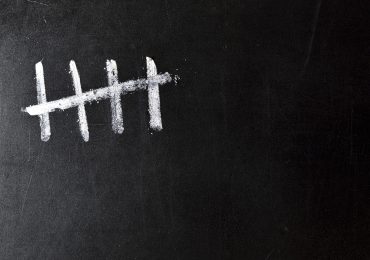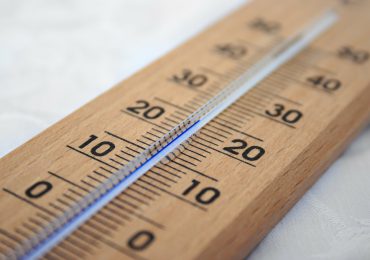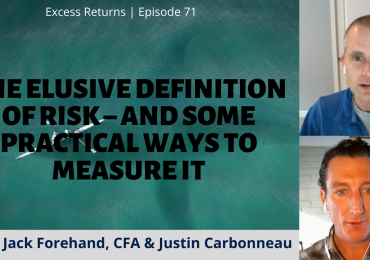Howard Marks, Oaktree’s CEO, recently wrote an article for Barron’s on investment risk, and how to quantify it. His answer: you simply can’t.
This does not completely leave investors in the dark as to how well their investments will do, however. Marks suggests looking at the volatility of an investment, for example. Volatility is easily quantifiable and therefore can be used in calculations. As a disclaimer in his memo, Marks stated that volatility does fall short of being a proxy for risk, however.
Sign up for The Guru Investor’s FREE Weekly Newsletter
Real risk is the chance of permanently losing your money, Marks said. However, it is impossible to know how probable loss actually is. “The probability of loss is no more measurable than the probability of rain. It can be modeled, and it can be estimated, but it cannot be known,” Marks stated in a 2006 memo on risk. An example Marks gave was of a stock that was purchased for $10, and sold a year later for $20. Marks claims many people would believe that stock had to have been risky to grow 100% in one year. However, it is impossible to know how risky that investment actually was.
Risk is so hard to calculate because of “the near-infinite number of factors that influence developments, the great deal of randomness present, and the weakness of the linkages,” Marks says. Investors need to think in terms of a range of outcomes, and the probability that each will happen. “We can’t know what will happen. We can know something about the possible outcomes (and how likely they are),” he writes. “People who have more insight into these things than others are likely to make superior investors.”
Right now, Marks says he thinks risk control is more important than usual, as ultra-low interest rates have pushed investors into riskier assets and led them to engage in “aggressive tactics”, which has led to deteriorating standards in capital markets. “While investor behavior hasn’t sunk to the depths seen just before the crisis (and, in my opinion, that contributed greatly to it), in many ways it has entered the zone of imprudence,” he writes. “Economic and company fundamentals in the U.S. are fine today, and asset prices – while full – don’t seem to be at bubble levels. But when undemanding capital markets and a low level of risk aversion combine to encourage investors to engage in risky practices, something usually goes wrong eventually.”








